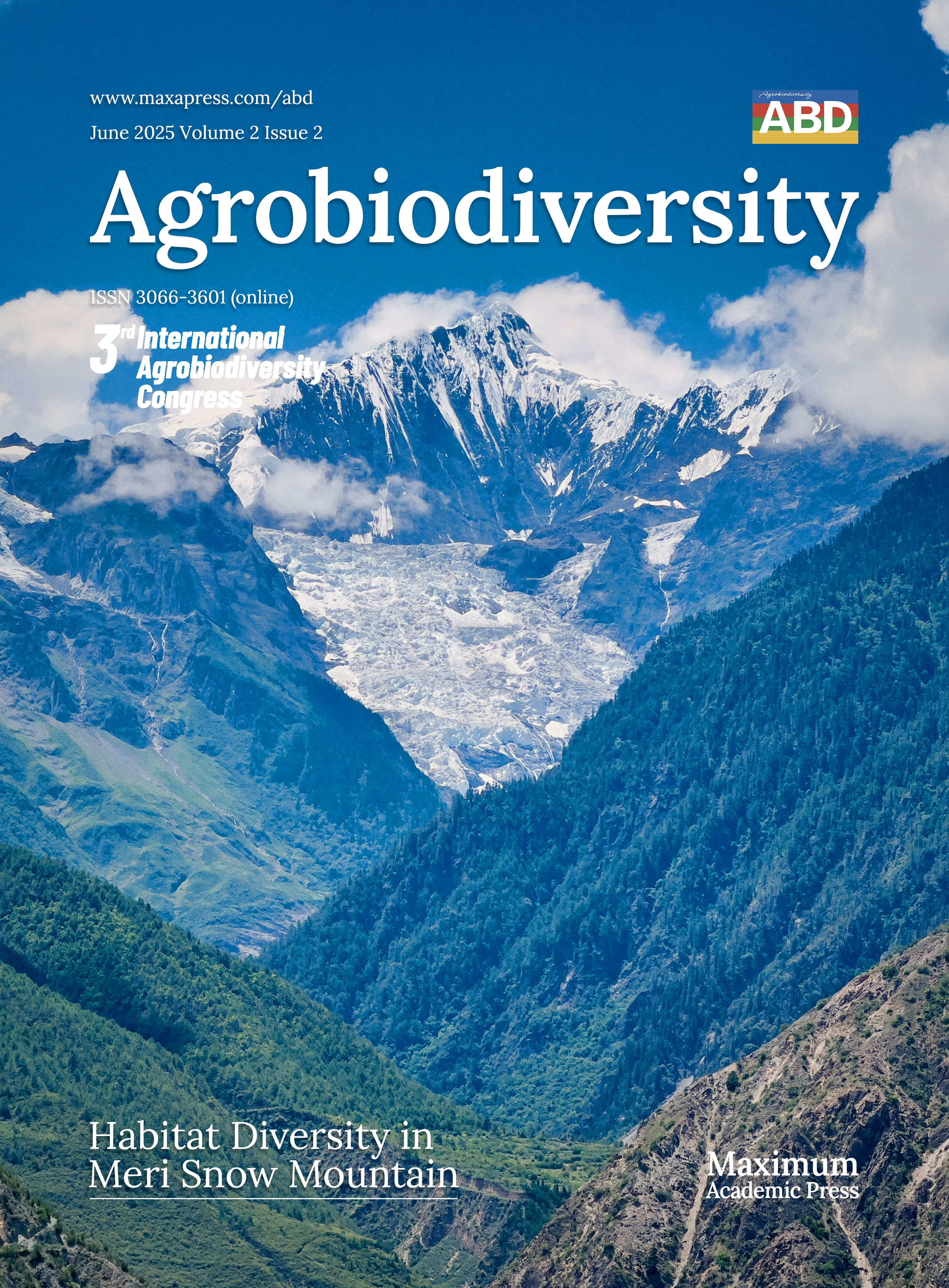Special Issues
Deadline: 31 Dec 2025


Habitat Diversity in Meri Snow Mountain
Meri Snow Mountain ascends as a mosaic of life, its slopes etched with distinct ecological zones that cradle a symphony of habitats. At its crown, glacial peaks pierce the sky, where ice and rock harbor extremophiles like cushion plants and glacial mosses, thriving in sub-zero temperatures. Descending, the alpine tundra unfolds—a stark realm of lichen-clad boulders and hardy grasses, punctuated by bursts of Saussurea gossypiphora (snow lotus), whose woolly blooms defy the thin, frigid air. Beneath this lies the cloud forest, a mist-shrouded sanctuary where ancient rhododendrons twist into arboreal giants, their canopies dripping with epiphytes. Here, rare orchids cling to mossy branches, and the endangered red panda forages in the damp understory. Transitioning lower, temperate meadows erupt in seasonal spectacle: carpets of primulas, gentians, and irises draw pollinators like the Himalayan honeybee, while golden eagles circle overhead. The mountain’s base transitions to subtropical valleys, where roaring rivers nourish dense juniper and oak forests. These woodlands shelter cryptic species like the Mishmi takin and the vibrant Lady Amherst’s pheasant, their calls echoing through bamboo groves. Each habitat is a thread in Meri’s ecological tapestry, shaped by millennia of geological shifts and climatic dance. As a UNESCO-recognized biodiversity hotspot, Meri Snow Mountain exemplifies nature’s layered ingenuity. This image captures its vertical journey—from icy summits to lush lowlands—a reminder that habitat diversity is not just life’s cradle, but its enduring legacy.
© 2025 Maximum Academic Press, except Open Access articles. MAP is a member of ALPSP, COPE, CrossRef, cOAlition S, OASPA and STM.
